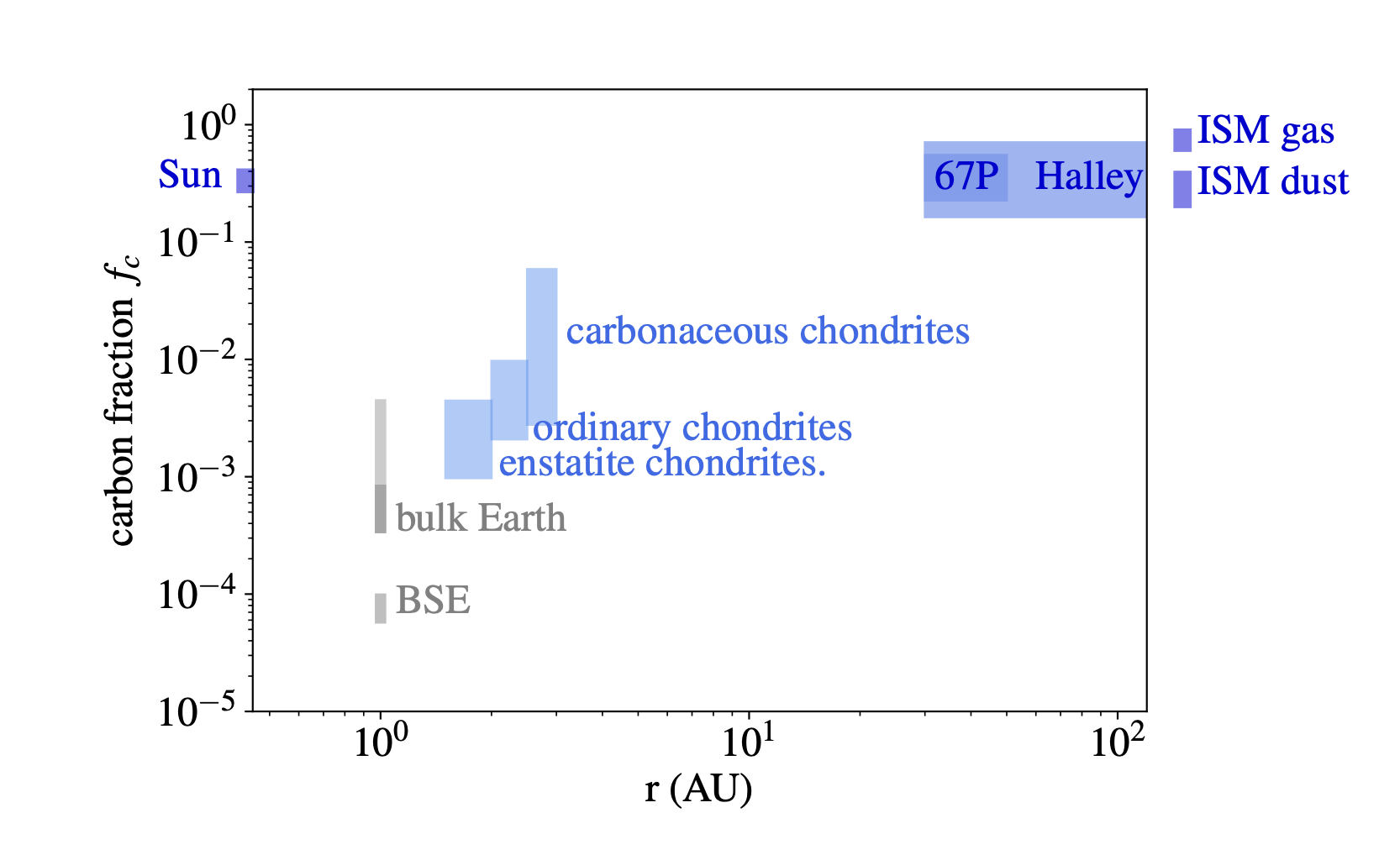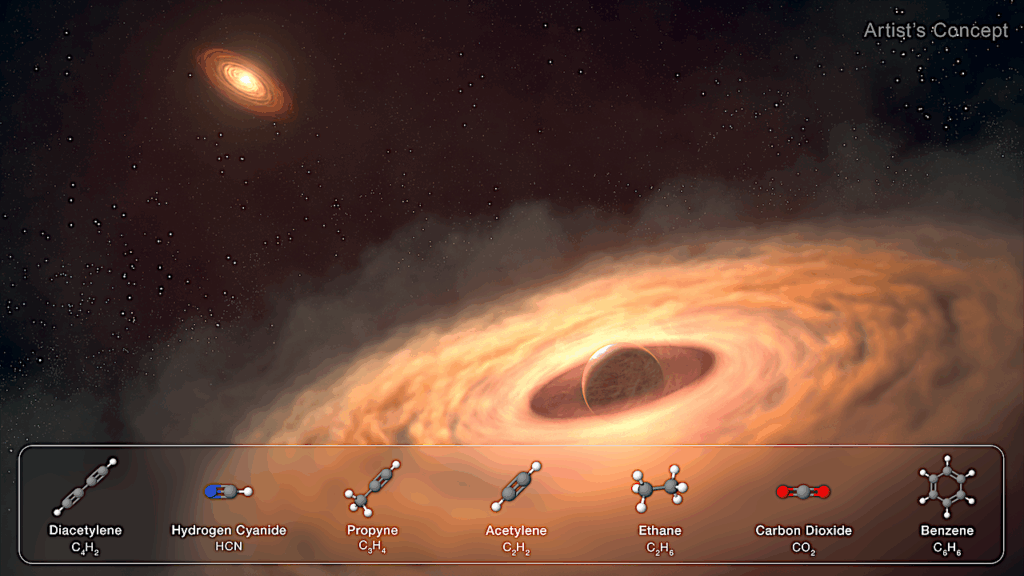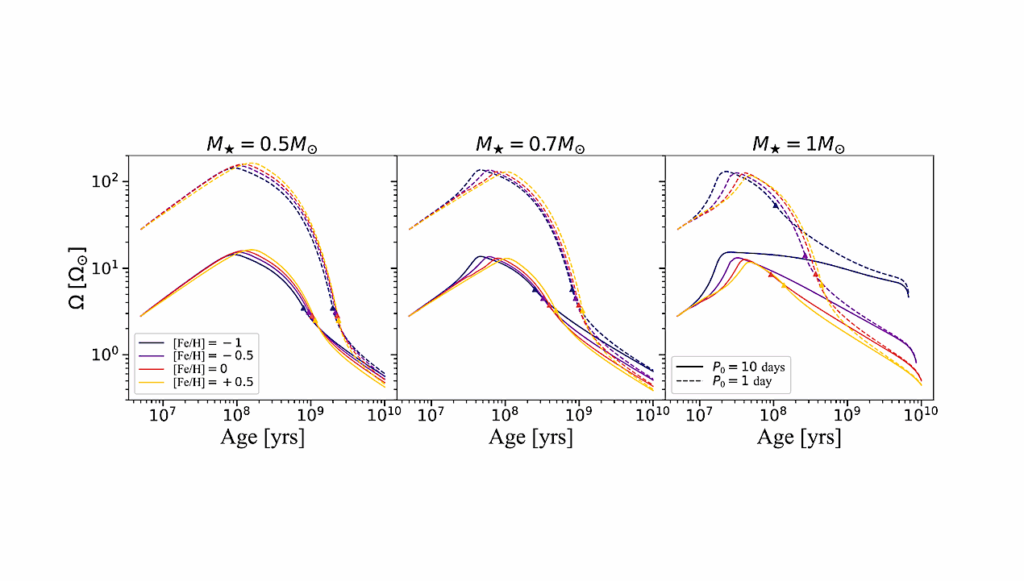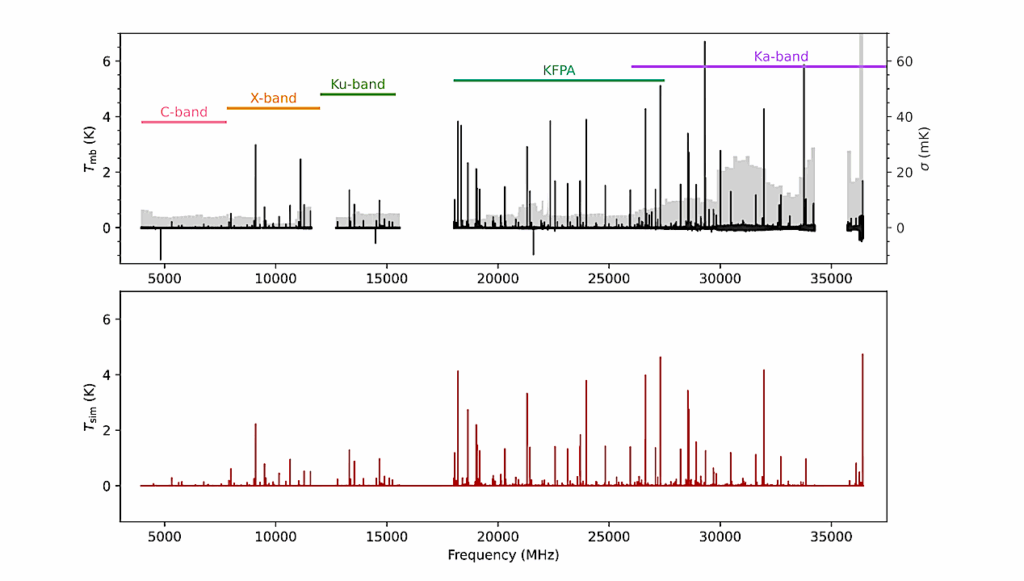Carbon Depletion In The Early Solar System

Earth and other rocky objects in the inner Solar System are depleted in carbon compared to objects in the outer Solar System, the Sun, or the ISM.
It is believed that this is a result of the selective removal of refractory carbon from primordial circumstellar material. In this work, we study the irreversible release of carbon into the gaseous environment via photolysis and pyrolysis of refractory carbonaceous material during the disk phase of the early Solar System.
We analytically solve the one-dimensional advection equation and derive an explicit expression that describes the depletion of carbonaceous material in solids under the influence of radial and vertical transport. We find both depletion mechanisms individually fail to reproduce Solar System abundances under typical conditions. While radial transport only marginally restricts photodecomposition, it is the inefficient vertical transport that limits carbon depletion under these conditions. We show explicitly that an increase in the vertical mixing efficiency, and/or an increase in the directly irradiated disk volume, favors carbon depletion. Thermal decomposition requires a hot inner disk (> 500 K) beyond 3 AU to deplete the formation region of Earth and chondrites.
We find FU Ori-type outbursts to produce these conditions such that moderately refractory compounds are depleted. However, such outbursts likely do not deplete the most refractory carbonaceous compounds beyond the innermost disk region. Hence, the refractory carbon abundance at 1 AU typically does not reach terrestrial levels. Nevertheless, under specific conditions, we find photolysis and pyrolysis combined to reproduce Solar System abundances.
Fabian Binkert, Til Birnstiel
Comments: Accepted for publication in MNRAS
Subjects: Earth and Planetary Astrophysics (astro-ph.EP)
Cite as: arXiv:2301.05706 [astro-ph.EP] (or arXiv:2301.05706v1 [astro-ph.EP] for this version)
https://doi.org/10.48550/arXiv.2301.05706
Focus to learn more
Submission history
From: Fabian Binkert
[v1] Fri, 13 Jan 2023 18:59:33 UTC (5,700 KB)
https://arxiv.org/abs/2301.05706
Astrobiology, Astrochemistry








